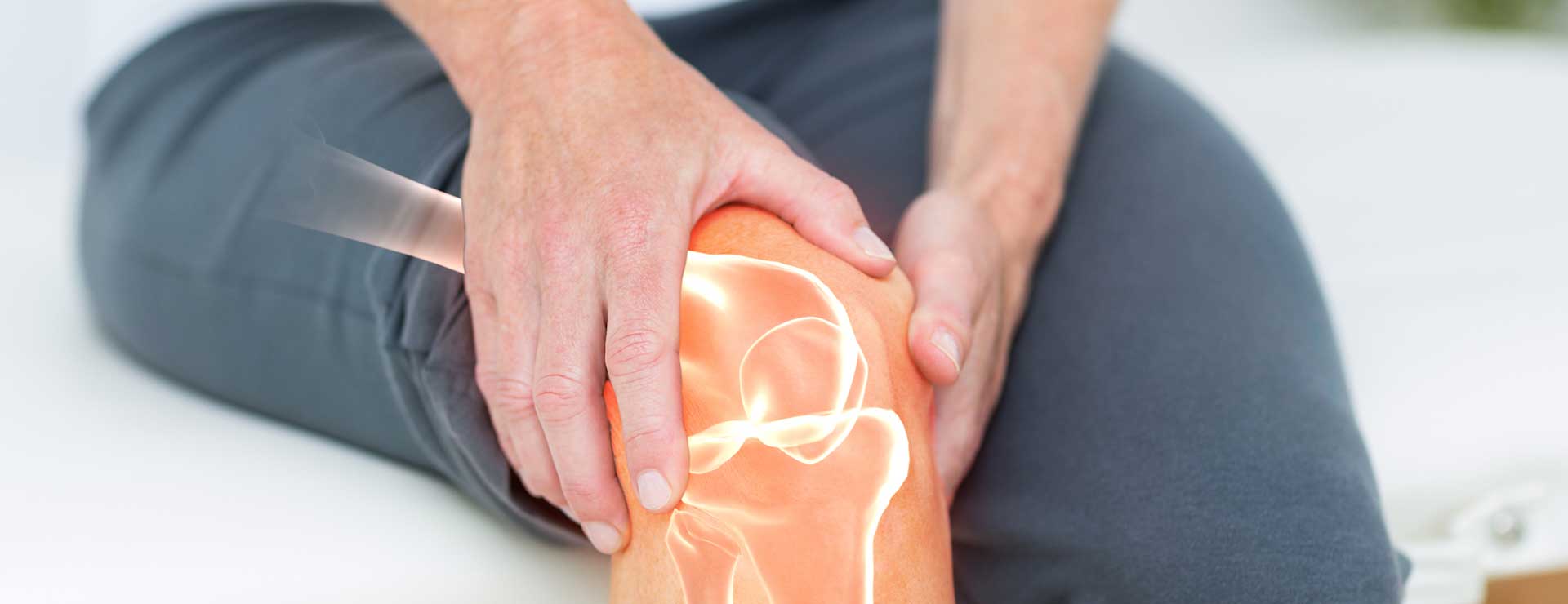A basic guide to Knee treatment, its causes and various methods of treatments
Knee treatment is the most widely recognized musculoskeletal protest that carries individuals to their primary care physician. With the present progressively dynamic culture, the quantity of knee issues is expanding. Knee torment has a wide assortment of explicit causes and medicines.
The knee joint's fundamental capacity is to twist, fix, and bear the heaviness of the body, alongside the lower legs and hips. The knee, something beyond a basic pivoted joint, be that as it may, likewise contorts and turns. To play out these activities and to help the whole body at the same time, the knee depends on various constructions including bones, tendons, ligaments, and ligament.
Bones
The knee joint includes four bones.
The thighbone or femur contains the top segment of the joint.
The leftover bone in the calf, the fibula, isn't engaged with the weight-bearing segment of the knee joint however gives tendon connections to strength.
Basic causes responsible for knee pain
Being dynamic is probably everything thing you can manage for your joints and the remainder of your body. However, wounds can occur, and they regularly include the knees.
The absolute most normal issues are hyper-extended tendons, meniscus tears, tendinitis, and sprinter's knee. In the event that you have an old knee injury that wasn't as expected treated, it might erupt once in a while or hurt constantly.
What Does a Knee Injury Feel Like?
Clearly, it harms! However, the kind of agony and where you feel it can change, contingent upon what the issue is. You may have:
· Torment, generally when you twist or fix the knee (counting when you go down steps)
· Expanding
· Inconvenience putting weight on the knee
· Issues while moving your knee
· Knee clasping or "bolting"
The diagnose and tests for knee pain
On the off chance that you have torment, shortcoming, or expanding around your knee, you may require a knee MRI. This test can help your primary care physician see what may be causing your side effects.
X-ray represents attractive reverberation imaging. It's a sort of output that utilizes an attractive field, radio waves, and a PC to make itemized photos of within your body.
In contrast to a X-Beam, which takes photos of your bones, a knee MRI allows your PCP to see your bones, ligament, ligaments, tendons, muscles, and surprisingly some veins. The test can show a scope of issues, including:
· Harmed ligament
· Torn ligaments or tendons
· Bone breaks
· Osteoarthritis
· Diseases
· Tumors
Your primary care physician may likewise arrange a MRI to check whether you need knee medical procedure, or to perceive how well you're mending after a medical procedure.
Do work out. Cardio practices fortify the muscles that help your knee and increment adaptability. Weight preparing and extending do, as well. For cardio, some great decisions incorporate strolling, swimming, water vigorous exercise, fixed cycling, and circular machines. Judo may likewise help ease firmness and improve balance. If you are looking for treating knee pain then you can check out websites like lermagazine.com.


Comments
Post a Comment